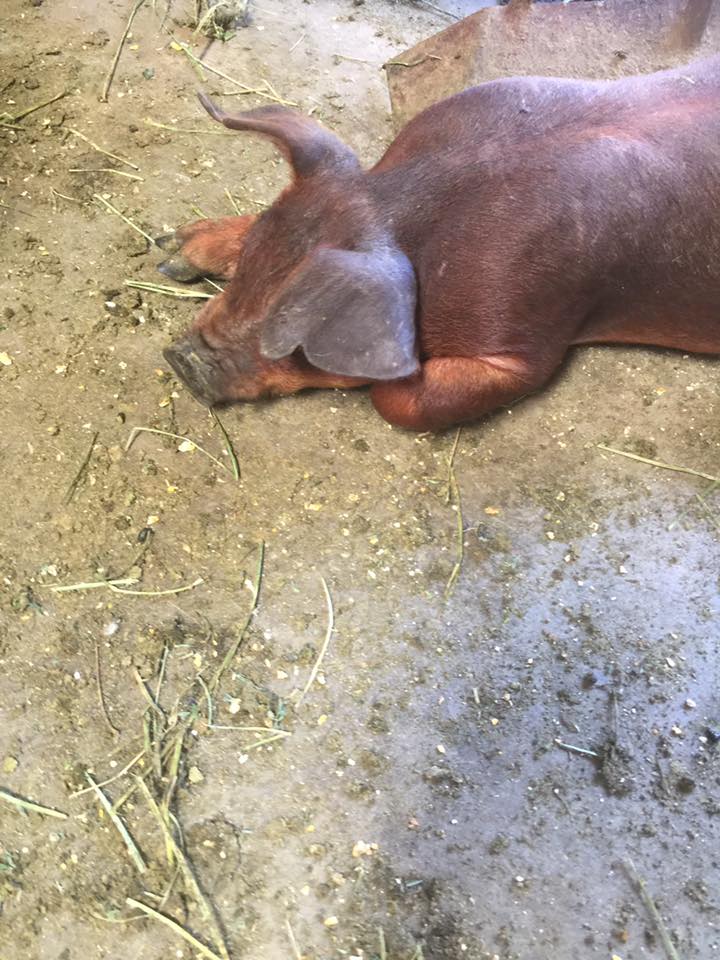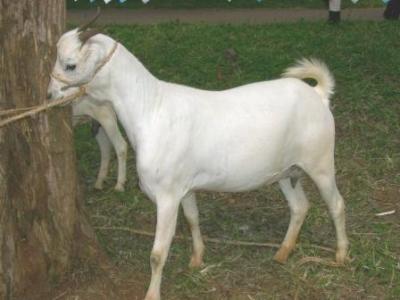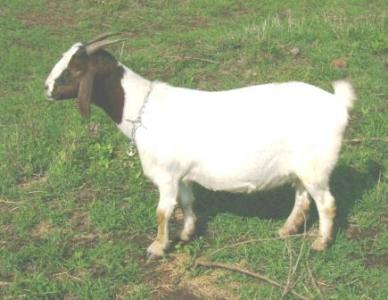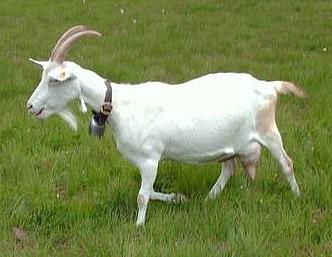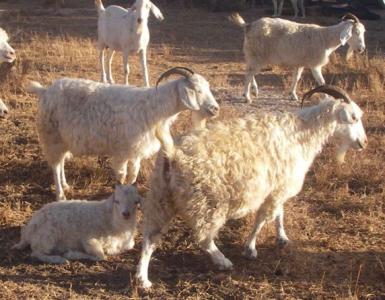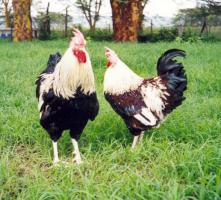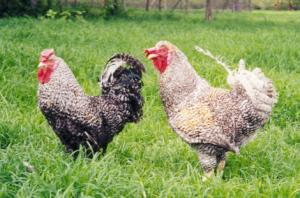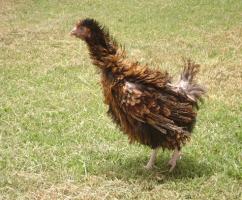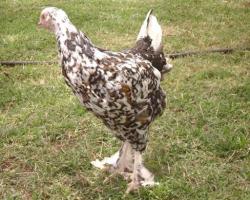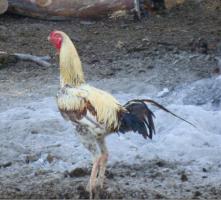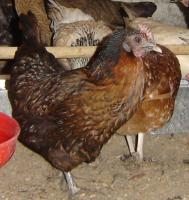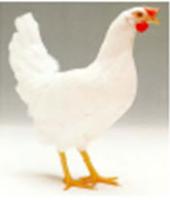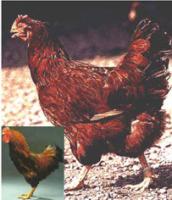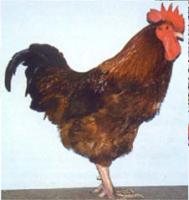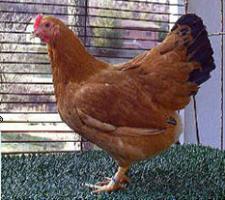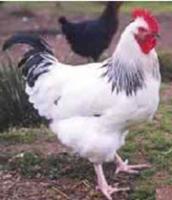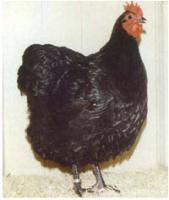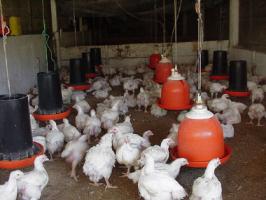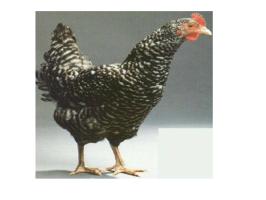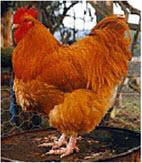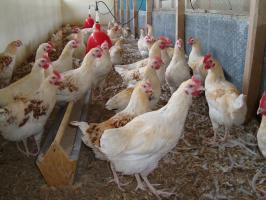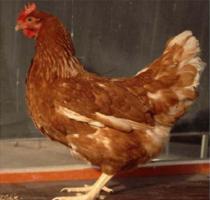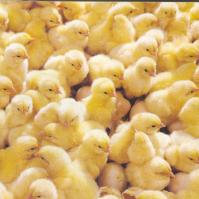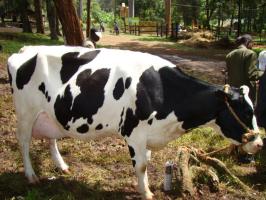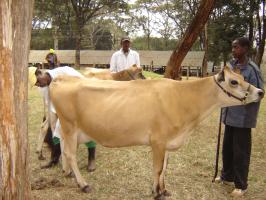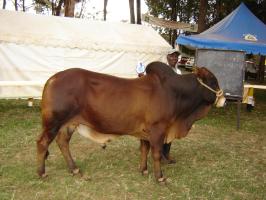Credits:Biovision-Infonet
Care of the newborn piglets
A few minutes after the birth the umbilical cord may be pulled gently away or cut if necessary (to about 5 cm length). After birth, the navel of each piglet should be soaked in a cup of iodine solution to prevent inflammation and tetanus. Rubbing the piglets gently with a piece of cloth can stimulate them and dry them.

(c) S. Gikonyo, Kenya

(c) S. Gikonyo, Kenya
Make sure the piglets are able to suck from the udder as soon as possible after birth. Their sucking will encourage the sow to let down her milk. Weak piglets may need to be assisted. It is important that the piglets immediately take advantage of the first milk called colostrum. It is very important that newborn piglets receive colostrum straight after birth to build up their natural resistance. is the first milk that the sow produces after farrowing. Colostrum should be taken by all the piglets within a few hours after being born. If taken at this time the colostrum is able to protect the piglets against diseases.

(c) S. Gikonyo, Kenya
After the first day, the digestive system of the piglets breaks down the colostrum and its ability to protect from diseases is lost.
The piglets can be given additional feed of goat or cow’s milk, or a mashed bean porridge to which a little sugar has been added. If the milk produced by the sow is too little to meet the needs of the piglets, or the sow completely neglects the piglets, they should be put on another sow or reared on cow or goat’s milk.
Feeding piglets whose mother does not produce enough milk
If there is another sow that gave birth within three days ago, the piglets could be given the other sow. This sow should have fewer piglets than the number of teats on her udder. This is because the teats which are not being used by piglets dry off after three days. Piglets normally take control of one teat at birth and continue to feed from it until they are weaned. Transfer extra piglets to the sow with less piglets after disguising them with a spray which has a strong smell e.g. engine oil/kerol diluted with water to last at least 1 or 2 days.
All piglets should be sprayed as soon as introduction is done so that the foster mother doesn’t recognize as foreigners. If there is no sow to take over feeding the piglets, they will have to be given extra food by hand. Goat or cow’s milk can be given to the piglets in the same way as for motherless or orphaned piglets. Always remember, that moving piglets around between sows should only be done when absolutely necessary. In some herds, it is used as a normal management strategy, but it is nevertheless very stressful for the animals, and there is a risk of exchanging and spreading diseases.
See further below about feeding motherless piglets.
Anaemia or Iron deficiency
Anaemia is caused by iron deficiency. This is an important problem when piglets are not able to get iron from the soil, especially for young piglets kept indoors (why aren’t they outside and able to root). At birth the piglets have about 50 mg of iron in their body. They receive additional 1-2 mg/day from milk while they need 7mg during the first week. It is obvious that the quantity of iron decreases rapidly and, if not supplemented the piglets become very pale a few weeks after birth and their growth slows down.

(c) S. Gikonyo, Kenya
This can be prevented by:
- Rub the iron supplement to the udder of the sow so the piglets can swallow it from the teats when they suckle.
- Oral iron- paste containing iron is put in the mouth within 24 hours of birth
- Give the 0-3 day piglets iron injection 1cc intra-muscular, preferably at neck muscles, of 200mg/cc iron dextran or 2cc for 100mg concentration
- Wood ash can also be put into the pen. This will not provide iron, but it does contain other important minerals
Heating for piglets
n some large herds with many farrowing and access to electricity, piglets are often placed under a heating lamp, if the weather is cool. This keeps the piglets warm and hence, prevent pneumonia, and the piglets sleep there and are in this way safe in relation to the sow, which could crunch them. However, providing them with a warming bedding material, e.g. some plant material or leaves, can have the same effect.
Creep feeding
Young piglets should learn to eat other feed than milk from 7 days onwards. If possible they should have high protein feed available to them. This has to be fed in a small area where the mother cannot eat the feed. The feed conversion rate of young piglets is very high and thus creep feeding is particularly economic. Creep feeding helps the piglets to get used to feeding at an early age.
NB: The sow’s milk yield also begins to decrease just as the growing piglets require feed.

(c) S. Gikonyo, Kenya
Rearing motherless piglets
It is very important that newly-born piglets receive colostrum straight after birth to build up their natural resistance. Colostrum is the first milk that the sow produces after farrowing. If the sow dies whilst farrowing, colostrum will have to be taken from another farrowing sow for the piglets. If they get no colostrum, their chance of survival is very small.
Cow’s or goat’s milk can be given to the piglets. This is after the piglets have taken colostrum. The milk should not be diluted, as sow’s milk is very concentrated. It should be warmed up to slightly above body temperature (37deg – 40degC) in a pan lowered into a larger pan containing boiling water.
Feeding program for motherless piglets
For the first two days the piglets should be fed at regular intervals 5 times a day, for about 10 minutes each time. On the third and on the fourth day they should be fed four times a day, and after that 3 times a day. After 14 days, increase the quantity of milk at each feed, but gradually decrease the number of feeds per day. Gradually change over to more solid feed, so that by the age of about three weeks they should be able to take solid feed. If no nutritious feed is available they should continue on milk for a while longer. The weaker ones can be fed four times a day for a longer time. The figures in the table are maximum quantities – it is better to give too little rather than too much feed. There should be a continuous supply of water, which should be boiled to avoid any contamination.
Feeding program for orphan piglets
| Day | 1 | 2 | 3 | 4 | 5-7 | 8-9 | 10-11 | 12-14 |
| Number of feeding times | 5 | 5 | 4 | 4 | 3 | 3 | 3 | 3 |
| Ml of milk per feeding | 30 | 42 | 60 | 70 | 90 | 120 | 140 | 160 |
As soon as possible, the orphan piglets should move onto regular food. This should be of good quality, protein-rich, and easily digestible. Note-despite the amount of care they receive, hand-reared piglets will never grow as fast as those reared by a mother sow.
Castration
Male piglets are castrated to prevent their meat from boar taint. Castration also makes them more manageable when they become sexually mature. There has been more and more concern about this in relation to organic production, because it is not right to systematically castrate animals in a system, which aims at as much naturalness as possible. On the other hand, the taste can really become a problem although some surveys show that it is very few animals. No solution has been found to this challenge, other than some advice to sell/slaughter them at an earlier age. If castration is chosen, it must be done by a professional expert. Castration should be done in the first two weeks of a piglet’s life. The animals should be fit and healthy. If this is not the case it is better to postpone the operation.
Weaning piglets
The piglets should already have started getting used to eating from a trough alongside their mother, and now they should just continue doing so. They will need protein-rich feed as they will be growing fast. There should also be plenty of clean water for the piglets to drink. It is important for the piglets to learn to drink water early in preparation for weaning.
Weaning age
Organic piglets must be suckled till at least 40 days. The mother should be separated from the piglets in order to stop the suckling period. Good housing, good creep feeding and high levels of piglet care must be observed.
Under poor conditions (back yard, local breeds, no concentrate) piglets can be weaned at 2 to 3 months Earlier weaned piglets are hardier during fattening than those weaned late. Piglets should be weaned when at least 6 kgs.
Steps taken at weaning
Sow
- Determine whether the sow is to be culled or served again
- Do not feed the sow on the day of weaning, but flush her in the following days and until the next serving (flush for max of 10 days)
- Move the sow to another pen (near a boar)
- Sometimes vitamin/mineral is given just after weaning
Piglets
- Give piglets identification (tagging, notching, tattooing).
- Weigh the piglets to judge their average weight gain and uniformity
- Feed piglets with care to prevent digestive problems after weaning. The type of feed should not be changed during and just after weaning
- Weaning (6-7 wks) start by feeding about 50% of the ration piglets receive during the last few days of suckling, then increase gradually.
- Check health of the piglets carefully (especially first 4-12 days after weaning).
- Prevent stress, pay attention to hygiene and climate of the pen.
Disease problems at weaning
- Post weaning diarrhoea common after weaning
Symptoms: Piglets may have a rough coat, depressed appetite, sometimes diarrhoea, swelling around the eyes, hoarse squeaky voice, and sudden death
Prevention - Reduce feed after weaning
- Make no sudden feed changes
Include crude fibre (bran) in the feed - Prevent stress
- Use of medicated feed/water (prophylaxis)
- White diarrhoea
This disease affects piglet of 2-4 weeks old. E. coli bacteria and factors like first creep feed or changes in sow milk are the major causes.
Symptoms: faeces become more liquid, piglets become pale. Lasts 2-5 days
Prevention:- Good feeding of the sow
- Hygiene
- Fresh and clean drinking water
- Prevent anaemia and stress
- Feeding of piglets as from 7 days after farrowing.
























